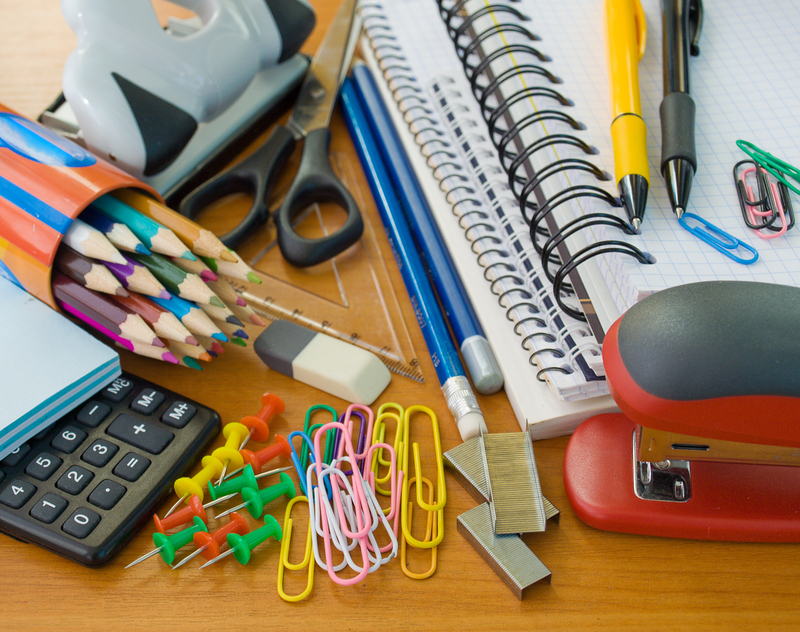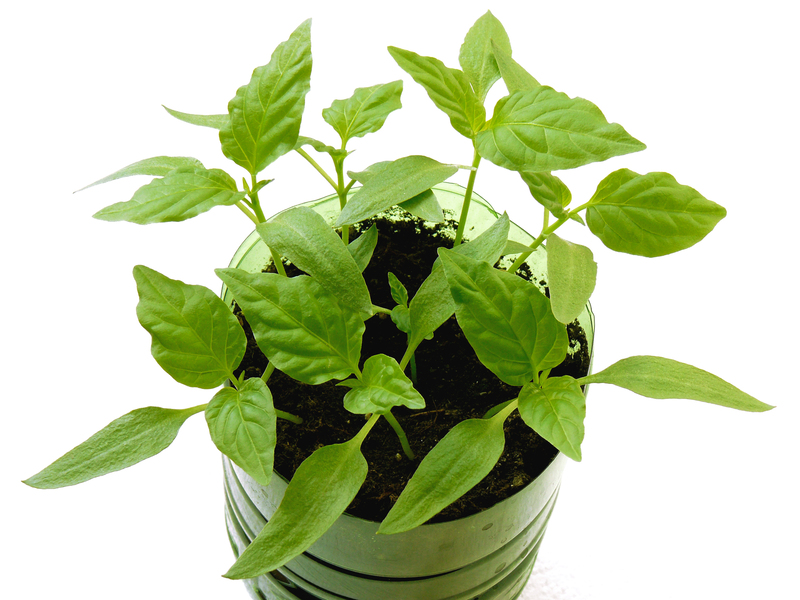Donating, Recycling, or Repurposing: Options for Pots and Pans Disposal
Are your cupboards overflowing with old or unused cookware? Thinking about getting rid of pots and pans but not sure how to do it responsibly? Instead of sending your old kitchen gear to the landfill, consider smarter, eco-friendly methods such as donating, recycling, or repurposing. This comprehensive guide covers all the environmentally responsible options for pots and pans disposal, ensuring your cookware finds new life--whether in someone else's kitchen, as raw materials, or as creative household objects.
Why Responsible Pots and Pans Disposal Matters
Many people think tossing old cookware in the trash is the easiest option, but this approach contributes to mounting waste problems and environmental pollution. Cookware like stainless steel pots, cast iron pans, and nonstick skillets take years to break down in landfills, releasing harmful substances in the process. Moreover, many pans and pots contain valuable metals that can be recycled or reused.
By choosing to donate, recycle, or repurpose your pots and pans, you not only help reduce waste but also support charitable organizations, conserve natural resources, and can even add a creative touch to your home.

Donating Old Pots and Pans
Where Can You Donate Pots and Pans?
Before you dispose of your old cookware, consider donating it to someone in need. Donating is one of the most direct ways to ensure your pots and pans get a second life:
- Thrift Stores: Local thrift shops such as Goodwill, Salvation Army, and other community-based organizations frequently accept gently used cookware.
- Shelters and Charities: Homeless shelters, domestic violence shelters, and food banks are often in need of kitchen basics for the people they help.
- Local Churches: Many religious institutions have regular donation drives for families or refugees setting up new homes.
- Community Centers: Check with nearby community organizations, senior centers, or schools that may need kitchenware for communal cooking.
- Online Giveaways: Utilize apps and websites such as Freecycle, Craigslist (free section), or Facebook Marketplace to give away items directly to people in your area.
What Conditions Should Donated Pots and Pans Be In?
Most donation centers require cookware to be clean and free of serious damage. Light scratches or signs of wear are generally acceptable, but pots and pans with chipped coatings (especially Teflon/non-stick), heavy rust, or missing handles are best recycled or repurposed instead.
Preparing Your Cookware for Donation
- Clean Thoroughly: Scrub away stuck-on food and grease.
- Remove Damaged Items: Do not include badly cracked or broken cookware.
- Bundle with Other Kitchen Goods: If possible, donate as a set or include it with utensils for new households.
*Always check with the organization beforehand* to ensure they are currently accepting pots and pans donations and to clarify any specific requirements they may have.
Recycling Your Old Pots and Pans
If your cookware is no longer serviceable, recycling is one of the best options for disposal. Most pots and pans are made from materials like aluminum, stainless steel, or cast iron, which are highly recyclable.
How to Recycle Pots and Pans
- Identify the Material: Most recycling centers will accept pure metal cookware, but not those with plastic handles, glass lids, or nonstick coatings.
- Disassemble If Possible: Remove plastic, rubber, or wooden handles from pots and pans to separate the recyclable metals.
- Find a Local Scrap Metal Facility: Search for metal recycling centers or scrap yards near you. Many facilities pay cash for scrap metal.
- Curbside Recycling: Some cities offer curbside metal recycling--check if your local recycling guidelines allow pots and pans.
Special Notes for Nonstick, Enameled, or Coated Cookware
Nonstick or ceramic-coated cookware (such as Teflon pans) require special consideration. Most municipal recycling programs do not accept them due to their chemical coatings. Instead:
- Contact local hazardous waste disposal centers for guidance.
- Check with the manufacturer; some brands offer take-back or recycling programs.
- If only the nonstick coating is damaged, it may be possible to strip the pan to bare metal before recycling.
Why Recycle Instead of Trash?
The benefits of recycling pots and pans go beyond environmental goodwill. By recycling metals, you:
- Conserve natural resources.
- Reduce greenhouse gas emissions and energy use.
- Decrease landfill waste and pollution.
- Support the circular economy by keeping valuable materials in use.
Repurposing Old Pots and Pans
If your cookware isn't suitable for donation or recycling, why not get creative? There are dozens of ways to repurpose pots and pans around the home or garden. Not only does this give new life to unwanted items, but it also adds quirky, functional decor to your space.
Creative Repurposing Ideas
- Planters: Old saucepans and stockpots make unique plant pots. Just add drainage holes and fill with soil.
- Birdbaths or Feeders: Large shallow pans and skillets can become effective birdbaths or feeders for your garden.
- Wall Art: Hang colorful or cast iron pans on the wall for functional kitchen decor.
- Organizational Tools: Use deep pots as storage bins for tools, toys, or art supplies.
- Candle Holders or Centerpieces: Create rustic table centerpieces using small pans and tea lights.
- Clocks: With a clock kit and some creativity, transform an old nonstick fry pan into a quirky kitchen clock.
- Outdoor Lighting: Use metal colanders or pots as lamp shades for patios and gardens, casting creative light patterns.
- Hardware Holders: Mount pie tins or shallow pans in the garage to organize screws, bolts, and nails.
Upcycling not only diverts waste from landfills, but also injects a fun, personal touch into your living space or garden.
Frequently Asked Questions About Pots and Pans Disposal
Are pots and pans recyclable in regular curbside bins?
Generally, most municipal curbside recycling programs do not accept cookware due to the size, weight, and type of materials used. It is best to contact your local recycling provider or take them directly to a scrap metal facility.
What should I do with pots and pans with damaged nonstick coating?
Damaged nonstick cookware should never be donated or reused for cooking. If possible, disassemble the pan and recycle the metal parts at a scrap yard or through specialized recycling programs. If unsure, place them in the trash as a last resort, but look for creative repurposing options first.
Is it possible to repair old cookware and use again?
Some cookware, such as cast iron pans, can be sanded down and re-seasoned to extend their life. Handles can often be replaced. For nonstick cookware or items with heavy rust or cracks, it's safer to recycle or repurpose.
Do cookware brands offer take-back programs?
A growing number of brands, especially premium ones, now offer take-back or recycling programs for old pots and pans. Brands such as GreenPan and Calphalon accept old cookware for responsible recycling.
Can aluminum foil or baking sheets be recycled with pots and pans?
While aluminum is highly recyclable, thin sheets like aluminum foil and baking sheets often have food residue and may require special recycling. Clean items thoroughly before placing in recycling, and check your local guidelines.
Tips for Reducing Cookware Waste in the Future
Disposing of pots and pans responsibly is important, but reducing waste at the source has even greater impact. When purchasing cookware:
- Invest in High-Quality Pieces: Sturdy, well-made cookware lasts longer and is often easier to repair or recycle.
- Opt for Recyclable Materials: Choose stainless steel, cast iron, or carbon steel over coated and composite pans.
- Repair When Possible: Replace handles, season surfaces, and avoid harsh cleaning methods that degrade cookware.
- Donate Before Decluttering: Give gently used items a second life by donating instead of discarding.

The Environmental Impact of Cookware Disposal
Did you know Americans discard millions of tons of metal each year, much of which comes from household items like pots and pans? Sending cookware to the landfill requires vast resources to manage, and much of the raw material could easily be recycled or reused.
- Metal recycling saves up to 95% of the energy needed to produce new metal products from raw ore.
- Landfills are filling faster than ever, and cookware is slow to decompose.
- Pots and pans made from aluminum and steel are easy to recycle and can be continually repurposed into new products.
By donating, recycling, or upcycling your pots and pans, you play a crucial role in minimizing environmental harm and fostering a more sustainable lifestyle.
Conclusion: Choose the Best Pots and Pans Disposal Option for You
Decluttering your kitchen doesn't have to damage the planet. With the many pots and pans disposal options available today, from donating to those in need, recycling metal to reduce waste, or repurposing cookware into creative household items, you can feel confident your old pots and pans are making a positive impact after you've finished cooking with them.
Remember:
- Donate if your cookware is still clean and useful.
- Recycle if it's metal and no longer usable.
- Repurpose for fun and functional DIY projects.
Making eco-friendly choices with your pots and pans disposal helps keep our homes and our planet healthy for generations to come. Next time you upgrade your kitchen, make sure your old cookware is on a sustainable path--whether serving a new owner, becoming recycled metal, or transforming into a creative home accent!
